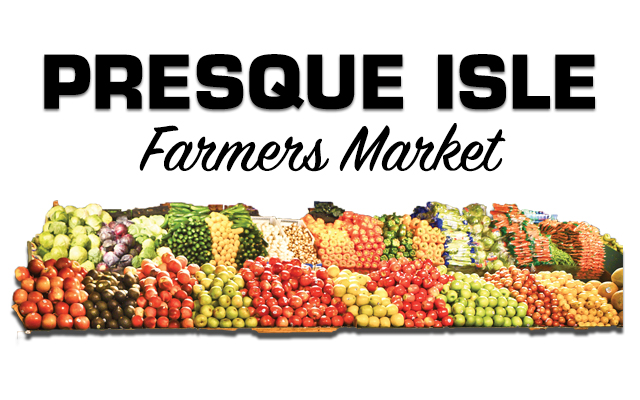Release your artistic inner child. Draw a clear picture of what you perceive a farm to look like. If you have failed to provide your inner child with adequate art supplies (or if an outer child has absconded with them), fix a detailed picture in your mind. What did you portray?
If you just released your inner child, you might have represented the sky as a blue stripe across the top of the paper and the sun as a yellow, quarter curve in an upper corner. Your child picture likely includes a large, red, gambrel-roofed barn, a clutter of chickens, cows, horses and pigs, and maybe a tractor. The farmer wears a broad-brimmed hat, bib overalls, and the broad smile of a benevolent overlord.
If you allow your outer adult to pick up an editing pen, you may start to eliminate anachronisms. While old wooden barns still exist, they are now only rarely built; round bales in a field replace square bales in a haymow, or silage has entirely replaced hay. Diversified farms and hobby farms are resurging in Maine, but most commercial livestock farms focus on one marketable species. Crop farmers may keep a farm dog and a barn cat, but otherwise, do not add to daily chores with land-consuming “grass-burners.” The farmer has likely jettisoned the overalls and traded in the hat for a ball cap. With luck and despite the challenges of modern farming, he or she is still smiling.
Not illustrated, but essential, in both the original and the revised artwork are the supportive spouses, offspring, and relatives who make family farming possible. These help-mates drive to town for parts or hunch over the toolbox while chasing down a mechanical problem. They lug water and grain, build perimeter fences or shift portable fences inside, weed seed beds, and ferry fertilizer and harvest. They probably know “farming words” but rarely use them in public. They field phone calls, tend the farm stand, or pop up a table or two at a farmers’ market or craft show. They both figuratively and literally grease the wheels and lighten the burden.
Though young folks may grow up and depart for “greener pastures” (or at least a more stable paycheck), they carry their experiences with them. In adult life, farm children continue to tap into their inner farmer. Twenty years a resident of a city apartment or suburban home, former farm kids refer to returning for a visit as “going home.” They time these trips to coordinate with chores they whined about as children and shoulder gladly as adults–splitting and stacking firewood, breaking brush for wreaths, tapping maple trees and running lines, climbing aboard whatever piece of machinery needs to be put into operation, or lending a hand as stoop-labor at the most hectic part of harvest.
Maine farmers identify their enterprise as a family farm. Most acknowledge that they could not stay in business without them.
The Presque Isle Farmers’ Market president for the 2018 season is Deena Albert-Parks of Chops Ahoy Farm in Woodland. For information about participating or visiting the market, contact her at hoctrainer@aol.com.








